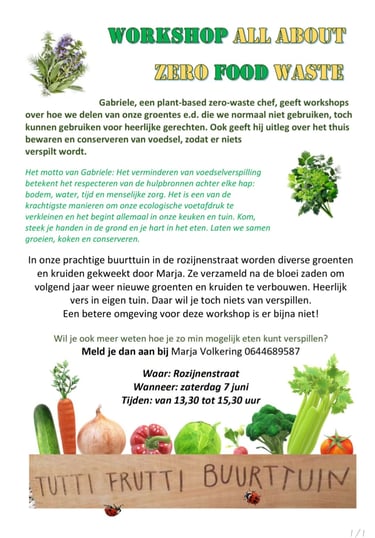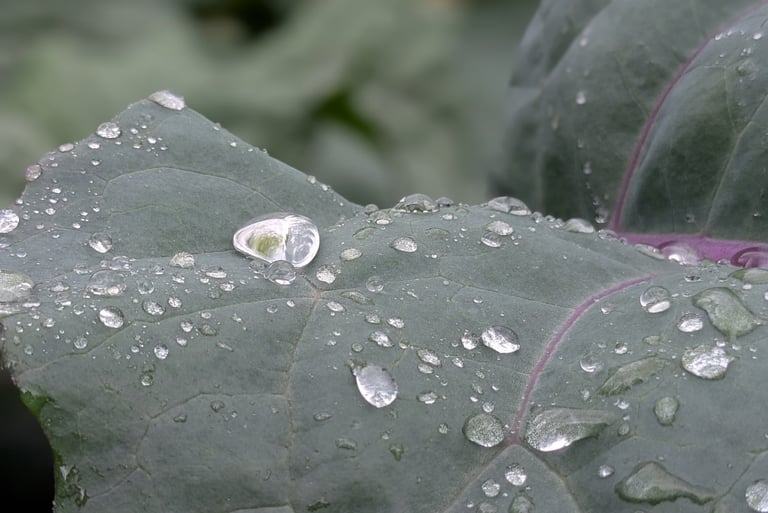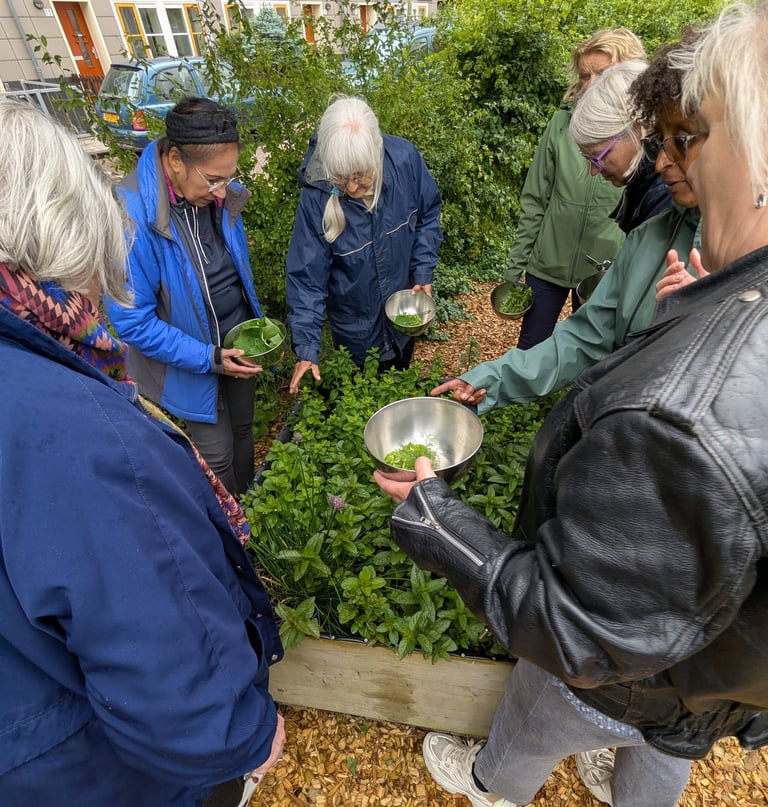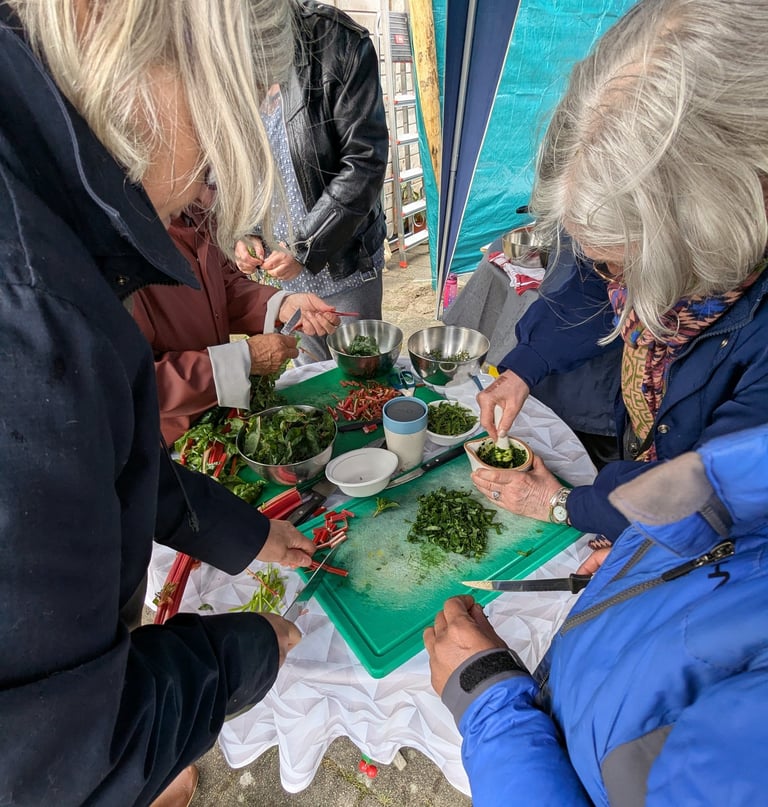Food Waste Lab at Tuttifrutti Tuinbuurt
From leftovers to deliciousness! In this hands-on session, we explored creative ways to reduce food waste using garden harvests and rescued ingredients in Marja's Community garden. Simple techniques, bold flavors, and plenty of inspiration to make the most of what we usually throw away. Together, we turned scraps into stories — and shared a meal that celebrated care, creativity, and community.
EVENTS!
6/7/2025


Food Waste Lab at Tuttifruttidorp
– Preserve, Transform, Share
In the green heart of Tuttifruttidorp, surrounded by lush plants and wild-growing ideas, we hosted a Food Waste Lab: a hands-on session dedicated to reducing waste and giving new value to the food we often overlook or throw away.
We started by exploring practical home preservation techniques: what can be frozen (and how to do it well), how to extend fridge life, what’s worth drying, and how to turn it into something flavorful and long-lasting.
We talked about herbs: how to blend and freeze them in ice cube trays with oil or water for quick use, how to dry them for airtight storage, and even how to create your own homemade herb salt. One of the favorites was a simple aromatic salt made by blending coarse sea salt with dried rosemary, thyme, garlic flakes, and lemon zest — a fragrant mix perfect for seasoning roasted vegetables, grilled tofu, or even popcorn.
Then we moved into the garden to harvest parts of the plants that are usually discarded: spinach flowers, and the leaves and stems of snijbiet (cut-and-come-again chard). With these, we made fresh pestos and sauces to dress up leftover rice and boiled potatoes from the day before.
The rice was also used as filling for rolls wrapped in freshly picked grape leaves. With the tougher parts of the snijbiet, we prepared crunchy, tangy pickles — perfect for simple summer meals.
We also held a mini tasting of preserved treats: garlic and carrots in oil from the previous season, and the kimchi we had made back in January using the outer leaves of winter cabbages.
Throughout the day, Marja shared her precious knowledge on how to grow herbs and vegetables sustainably. She explained how to harvest edible parts of plants while allowing them to regrow — a respectful, regenerative way of working with nature, rather than against it.
This lab wasn’t just about recipes. It was about awareness, connection, and celebration of hidden flavors, shared knowledge, and the quiet beauty that comes from not wasting a single leaf.
🌿 Tips Recap: What We Learned
Freeze wisely: Chop herbs and freeze them in oil or water in ice cube trays — ready to use in sauces, soups, or stir-fries.
Dry & store: Dry herbs like oregano, mint, and sage and store them in airtight jars for year-round use.
Make your own herb salt: Blend coarse sea salt with dried herbs, garlic, and citrus zest for a custom seasoning mix.
Use the "forgotten parts": Spinach flowers, chard stems, and outer leaves can become delicious pestos, pickles, or fillings.
Preserve for the future: Ferment or marinate vegetables when they’re abundant — enjoy them when they’re not.
Harvest with care: Take only what you need from the plant, leaving it space and time to regrow.






Vegan Bear Chef
Artful vegan cuisine inspired by creativity and sustainability.
WE ARE inside treehouse ndsm
Subscribe to the Newsletter
1033BW Amsterdam
Tt. Neveritaweg 55 -Studio N6
Gabriele Bonomi © 2024. All rights reserved.
